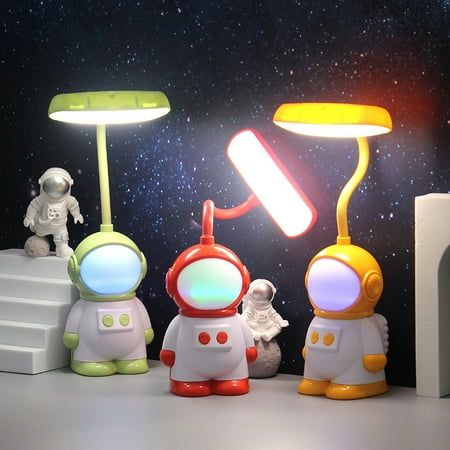
LED lamp adoption has been steadily increasing in recent years as more and more individuals and businesses are making the switch from traditional incandescent bulbs. LED lamps are more energy-efficient, using up to 80% less energy than traditional bulbs, which not only saves money on electricity bills but also helps reduce carbon emissions and decrease overall energy consumption. Additionally, LED lamps have a longer lifespan, typically lasting up to 25,000 hours or more, compared to incandescent bulbs which only last around 1,000 hours. This durability means less frequent replacements, saving both time and money in the long run. LED lamps also provide better quality light, with a range of color temperatures to suit different preferences and needs. With advancements in technology, LED lamps are now available in various shapes and sizes, making them suitable for a wide range of applications, from residential lighting to commercial and industrial settings. Overall, the adoption of LED lamps is a positive step towards a more sustainable and energy-efficient future.
The adoption of LED lamps has seen a significant increase in recent years due to their numerous benefits. LED lamps are more energy-efficient, consuming up to 80% less electricity than traditional incandescent bulbs. This not only helps reduce energy bills for consumers but also reduces carbon emissions, making them a more environmentally friendly option. LED lamps also have a longer lifespan, lasting up to 25 times longer than incandescent bulbs, which means less frequent replacements and lower maintenance costs.
Another advantage of LED lamps is their durability and resistance to breakage. Unlike incandescent bulbs, which are made of fragile glass, LED lamps are made of sturdy materials that can withstand impact and vibration. This makes them ideal for areas where breakage is a concern, such as outdoor lighting or in high-traffic areas. LED lamps also emit very little heat compared to traditional bulbs, reducing the risk of fire hazards and making them safer to use in confined spaces.
In addition to their practical advantages, LED lamps also offer more design options and flexibility. They come in a variety of shapes, sizes, and colors, allowing users to customize their lighting to suit their preferences. LED lamps are also dimmable, providing users with control over the brightness levels in their spaces. With their versatility and efficiency, LED lamps are indeed a smart choice for consumers looking to upgrade their lighting systems.
 Decoration Ideas
Decoration Ideas








